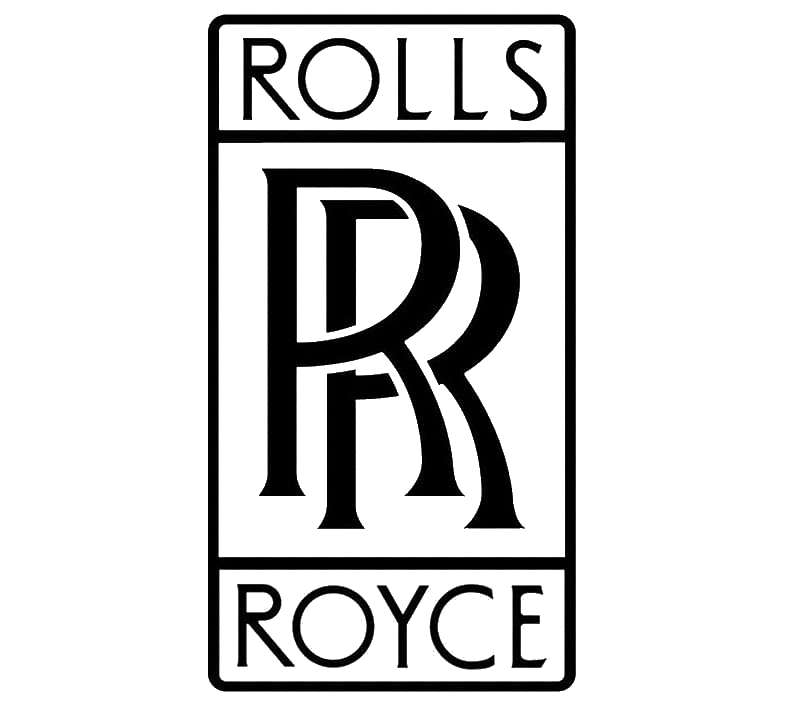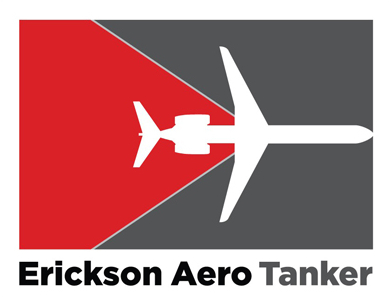English Electric Lightning F.6
 |
|
| Lightning F.6 of RAF Binbrook seen during a "Priory" exercise in the 1980s | |
| Role | Interceptor (primary); fighter |
|---|---|
| National origin | United Kingdom |
| Manufacturer | |
| First flight |
|
| Introduction | 11 July 1960 (frontline service) |
| Retired | 30 April 1988 (RAF) |
| Status | Retired |
| Primary users | Royal Air Force |
| Number built | 337 (including prototypes) |
.
History English Electric Limited (EE)
Electric Lightning F.6
First flight 4 August 1954 (P.1A) 4 April 1957 Introduction

The English Electric Lightning is a British fighter aircraft that served as an interceptor during the 1960s, the 1970s and into the late 1980s. It was capable of a top speed of above Mach 2. The Lightning was designed, developed, and manufactured by English Electric. After EE merged with other aircraft manufacturers to form British Aircraft Corporation it was marketed as the BAC Lightning. It was operated by the Royal Air Force (RAF), the Kuwait Air Force (KAF), and the Royal Saudi Air Force (RSAF).
The Lightning has exceptional rate of climb, ceiling, and speed; pilots have described flying it as "being saddled to a skyrocket" This performance and the initially limited fuel supply meant that its missions are dictated to a high degree by its limited range. Later developments provided greater range and speed along with aerial reconnaissance and ground-attack capability. Overwing fuel tank fittings were installed in the F6 variant and gave an extended range, but limited maximum speed to a reported 1,000 miles per hour (1,600 km/h)
Avionics and systems

0
KmCeiling
0
KmCombat RANGE
0
MachAircraft Speed
0
Max Crew
Photo Gallery
English Electric Limited (EE)
Electric Lightning F.6
First flight 4 August 1954 (P.1A)
4 April 1957 Introduction


English Electric Company Limited (EE)
English Electric Lightning F.6
General Info
-
-
-
- Crew: 1
- Length: 55 ft 3 in (16.84 m)
- Wingspan: 34 ft 10 in (10.62 m) [Height: 19 ft 7 in (5.97 m)
- Wing area: 474.5 sq ft (44.08 m2)
-
-
Powerplant
-
-
- Empty weight: 31,068 lb (14,092 kg) with armament and no fuel
- Gross weight: 41,076 lb (18,632 kg) with two Red Top missiles, cannon, ammunition, and internal fuel
- Max takeoff weight: 45,750 lb (20,752 kg)
- Powerplant: 2 × Rolls-Royce Avon 301R afterburning turbojet engines
-
Performance
-
- Maximum speed: Mach 2.27 (1,500 mph+ at 40,000 ft)
- Range: 1,367 km
- Combat range: 135 nmi (155 mi, 250 km) supersonic intercept radius
- Ferry range: 800 nmi (920 mi, 1,500 km) internal fuel; 1,100 nmi (1,300 mi; 2,000 km) with external tanks
- Service ceiling: (18,000 m)
- Zoom ceiling: 70,000 ft (21,000 m
Armament
-
-
- Guns: 2× 30 mm (1.181 in) ADEN cannon
- Hardpoints: 2 × forward fuselage, 2 × overwing pylon stations , with provisions to carry combinations of:
- Missiles: 2× de Havilland Firestreak or 2 × Red Top (missile) on fuselage
- Other: 260 imp gal (310 US gal; 1,200 L) ferry tanks on wings
-
Links to Youtube & Others
The English Electric supersonic interceptor (WG760), piloted by Roland Beamont, first flew at Boscombe Down, Wiltshire as the English Electric P1 on 4th August 1954. Initial designs were led by WEW ‘Teddy’ Petter although the aircraft is mostly credited to his successor Freddie Page (later Sir Frederick Page and Chairman of the Aircraft Group of BAC).
English Electric Lightning F.6
A unique feature of the design was its vertically staggered engine configuration of two Rolls-Royce Avon turbojets.
Youtube Link
The first three prototype aircraft were hand-built at the English Electric factory at Salmesbury, Lancashire from 1953 onwards.














.svg.png)